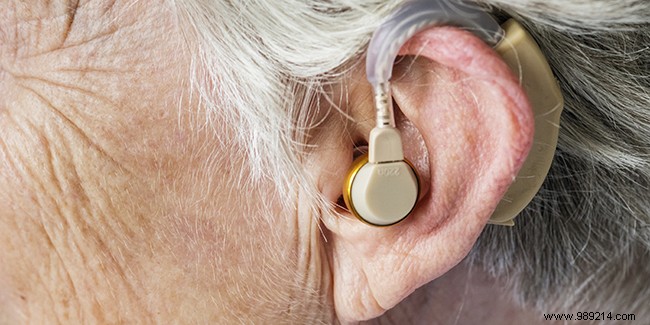
With all the offers of hearing aids on the market, the choice of this equipment can turn into a real obstacle course, especially for seniors. This post will help you find your way around.
From the age of sixty-five, the decline of hearing is a common phenomenon in the elderly since this pathology is caused by the degeneration of the cells and membranes that line the internal canal of the ears. And unfortunately, in fifty percent of cases, getting a hearing aid becomes a necessity.
To get an idea of the price of this device, visit the VivaSon website. Better, make an appointment immediately for a hearing assessment. This French company offers it to you for free. What's more, you could also benefit from a rebate of one hundred euros when you order your hearing aid. The strong point of this establishment is the very good quality of their models. And yet they are the cheapest on the market today.
The very first models marketed, those called "ear hooks", are still the most worn devices today. In fact, nearly seventy percent of hearing aids sold are of this type. And these simple models are mainly prescribed for elderly people with moderate or very severe hearing loss.
Worn outside the ears, the contours are easily recognizable thanks to their elbow and molded tip. Based on acrylic or silicone, this piece is generally made to measure, since it must perfectly match the shape of the ear flaps. Moreover, according to the desires and aspirations of each, it is quite possible to match the model to the color of the skin or hair.
There are many advantages of behind-the-ears, to mention only their small case and therefore easy, but above all very easy, to handle. A significant advantage for the elderly. In addition, their autonomy is also very interesting insofar as the batteries easily last a fortnight, even in the event of intensive use.
On the other hand, in case of slight hearing loss, it is the intra-auricular which are the most recommended. So if your degree of hearing loss exceeds the 80 dB threshold (more info here - Pdf), this device is simply not suitable. However, this model is meeting more and more success due to its great discretion:unless you carefully scrutinize the person wearing it, this device simply goes unnoticed.
In the form of an earpiece, this device fits directly into the ear. This is why its shell must also be custom-made since it will be shaped according to the shape of the ear canal. This range is therefore ideal for those who wear glasses. But also to individuals whose ear is riveted, day and night, to their mobile phone, insofar as there will be no interaction between the two accessories.
Otherwise one of its weak points is its great fragility. Regular maintenance is also necessary. And as the hearing aid is located in the inner ear, the adaptation time is often long with sometimes unpleasant sensations of echo and buzzing. In any case, to avoid if your ears secrete too much wax.
Also commonly called RIC or "Receiver in the canal" devices, contour microphones have the particularity of transmitting sounds directly into the inner ear using the earpiece which is housed in the ear canal. And if there is so much enthusiasm for this model, it is because its acoustic quality is unparalleled. Some even speak of hearing very close to natural hearing.
It must be said that among the three devices, it is the hearing aid that adapts to all degrees of deafness. Hence its higher price compared to others. But also count on its great discretion and invisibility as well as its extreme lightness associated with its comfort.
Those who wear the micro-contours barely feel the presence of this device, let alone its weight. Moreover, it is above all adolescents and adults who are the most attracted to RICs, compared to seniors. But professional athletes, as well as active people, are also among the most frequently encountered customers.